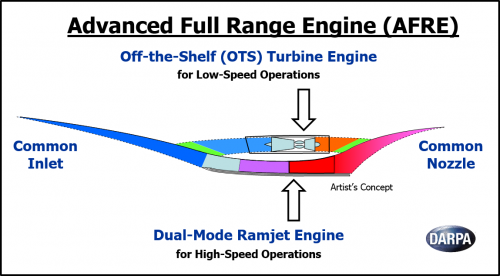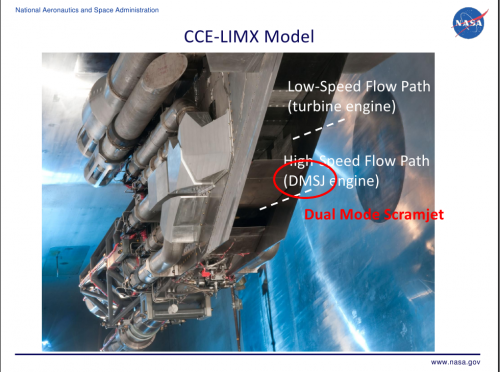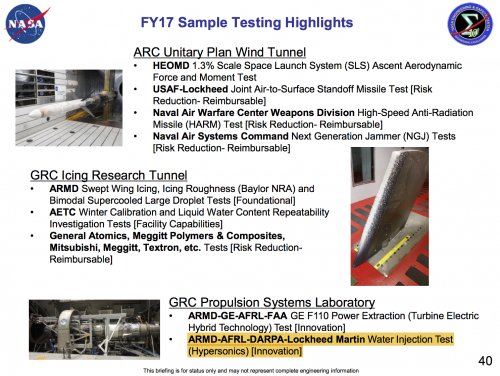- Joined
- 3 June 2011
- Messages
- 18,333
- Reaction score
- 12,218
"DARPA’s new Advanced Full Range Engine (AFRE) program seeks to develop and demonstrate a new aircraft propulsion system that could operate at subsonic through hypersonic speeds and lay the framework for routine, reusable hypersonic flight. Click below for high-resolution image.
In the decades-long quest to develop reusable aircraft that can reach hypersonic speeds—Mach 5 (approximately 3,300 miles per hour/5,300 kilometers per hour) and above—engineers have grappled with two intertwined, seemingly intractable challenges: The top speed of traditional jet-turbine engines maxes out at roughly Mach 2.5, while hypersonic engines such as scramjets cannot provide effective thrust at speeds much below Mach 3.5. This gap in capability means that any air-breathing hypersonic vehicles developed today would use disposable rockets for one-time boosts up to operating speed, limiting the vehicles’ usefulness.
To help remove these constraints and lay the framework for routine hypersonic flight with reusable vehicles, DARPA has launched its Advanced Full Range Engine (AFRE) program. AFRE seeks to develop and demonstrate a new aircraft propulsion system that could operate over the full range of speeds required from low-speed takeoff through hypersonic flight. "
http://www.defense-aerospace.com/articles-view/release/3/175011/darpa-launches-advanced-full-range-engine-program.html
I thought several companies were already working on this? Isn't that the basis of the so-called "SR-72"? And are they going to actually finish this program or quit as soon as they're covered old ground?
In the decades-long quest to develop reusable aircraft that can reach hypersonic speeds—Mach 5 (approximately 3,300 miles per hour/5,300 kilometers per hour) and above—engineers have grappled with two intertwined, seemingly intractable challenges: The top speed of traditional jet-turbine engines maxes out at roughly Mach 2.5, while hypersonic engines such as scramjets cannot provide effective thrust at speeds much below Mach 3.5. This gap in capability means that any air-breathing hypersonic vehicles developed today would use disposable rockets for one-time boosts up to operating speed, limiting the vehicles’ usefulness.
To help remove these constraints and lay the framework for routine hypersonic flight with reusable vehicles, DARPA has launched its Advanced Full Range Engine (AFRE) program. AFRE seeks to develop and demonstrate a new aircraft propulsion system that could operate over the full range of speeds required from low-speed takeoff through hypersonic flight. "
http://www.defense-aerospace.com/articles-view/release/3/175011/darpa-launches-advanced-full-range-engine-program.html
I thought several companies were already working on this? Isn't that the basis of the so-called "SR-72"? And are they going to actually finish this program or quit as soon as they're covered old ground?



